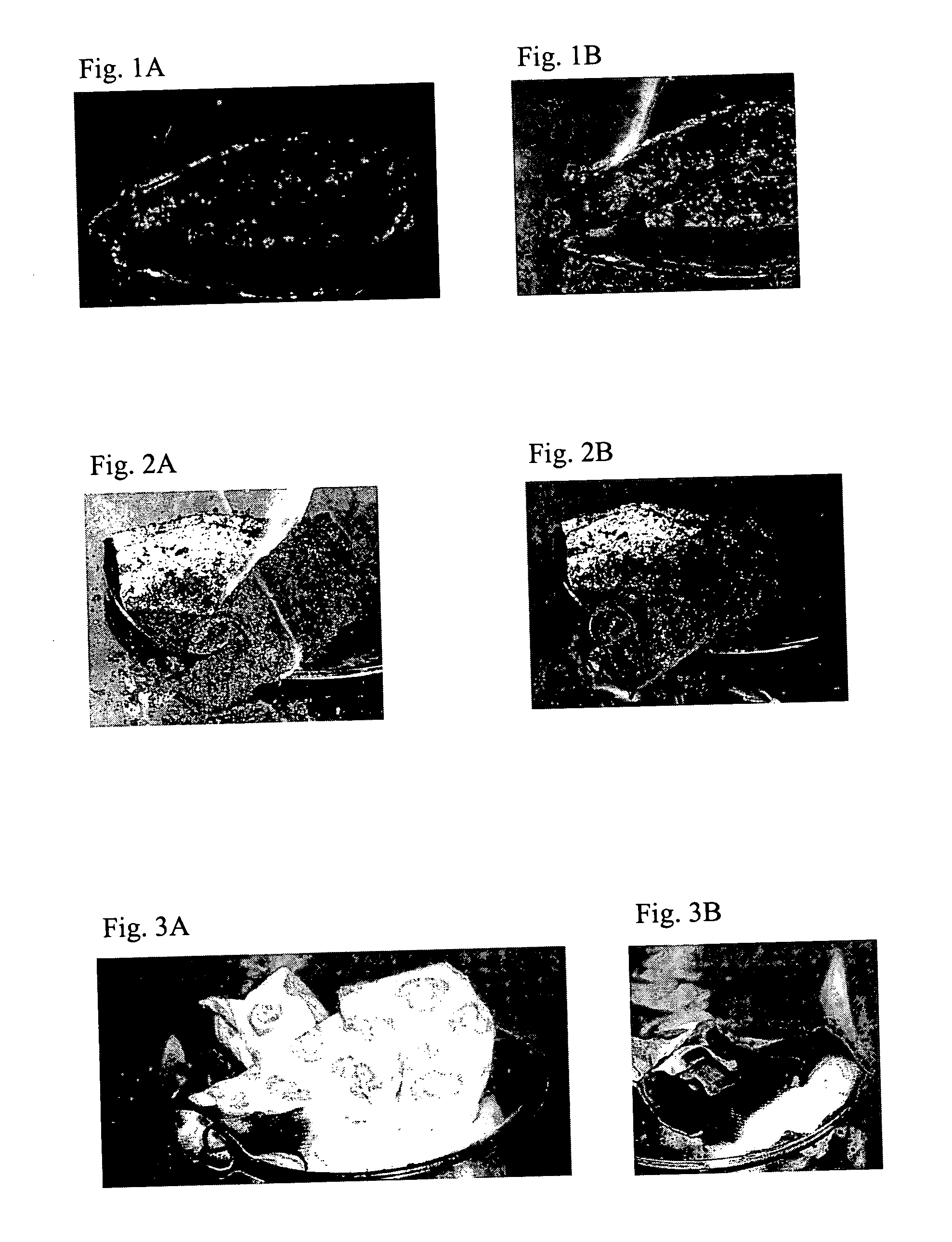Flame retardant polymer composites and method of fabrication
a technology composites, applied in the field of flame retardant polymer composites, can solve the problems of reducing fatigue life and strength, and achieve the effects of good tensile strength, flame retardancy, and antistatic properties
- Summary
- Abstract
- Description
- Claims
- Application Information
AI Technical Summary
Benefits of technology
Problems solved by technology
Method used
Image
Examples
Embodiment Construction
[0026] The present invention will now be described in detail for specific embodiments of the invention. These embodiments are intended only as illustrative examples and the invention is not to be limited thereto.
[0027] One embodiment of the present invention is shown in FIG. 1, which shows a cotton textile that has been impregnated by carbon nanotubes. Carbon nanotubes were mixed with water forming a slurry. Then, the textile was immersed in the slurry, and dried in air. The amount of water used was not critical to the impregnation of the textile, and any quantity of water that makes a slurry could have been used. Indeed, it is possible to impregnate the textile without using any solvent; however, it would be expected that the effectiveness of the flame retardancy could be diminished if the carbon nanotubes were not distributed throughout the textile. Alternatively, the slurry or dry carbon nanotubes could be sprayed onto the textile. However, without limiting the invention in any ...
PUM
| Property | Measurement | Unit |
|---|---|---|
| Fraction | aaaaa | aaaaa |
| Angle | aaaaa | aaaaa |
| Diameter | aaaaa | aaaaa |
Abstract
Description
Claims
Application Information
 Login to View More
Login to View More - R&D
- Intellectual Property
- Life Sciences
- Materials
- Tech Scout
- Unparalleled Data Quality
- Higher Quality Content
- 60% Fewer Hallucinations
Browse by: Latest US Patents, China's latest patents, Technical Efficacy Thesaurus, Application Domain, Technology Topic, Popular Technical Reports.
© 2025 PatSnap. All rights reserved.Legal|Privacy policy|Modern Slavery Act Transparency Statement|Sitemap|About US| Contact US: help@patsnap.com

